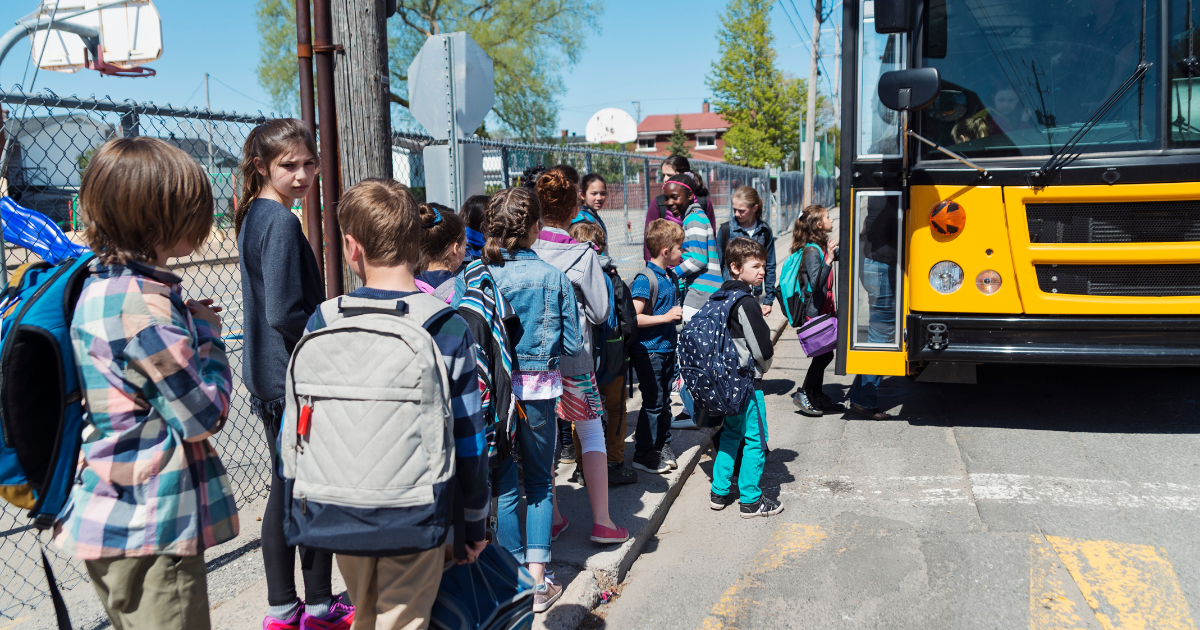Riding the school bus can be an exciting experience for children. It's a time to meet friends, share stories, and embark on new adventures. However, for some children with autism, especially those who are new to the school bus routine, it can also be a bit intimidating. In this guide, we'll provide you with valuable tips to help your child have a safe and enjoyable journey on the school bus.
Practice Beforehand
In order to help your child become accustomed to the routine and surroundings, practice riding the school bus with them beforehand. Before your child takes their first journey, stop at the bus stop and introduce them to the vehicle. You can also help them prepare by taking images or videos of the bus stop, the vehicle, and the route. You might also want to go over some fundamental bus safety guidelines with kids, such as staying seated and clearing the aisles.

Establish a routine
Create a dependable morning routine to guarantee that your youngster is prepared for the bus in time. To become accustomed and confident with the routine, practice it beforehand.

Use Visual Supports
To assist your child in understanding what needs to be done in order to get ready for the school bus, you might want to consider making a visual schedule or checklist. In order to help your child comprehend the requirements and guidelines for riding the school bus, you may also use social stories. Establishing a routine can also be helped by visual support. By giving shared experiences, increased safety, and a feeling of community while removing social barriers, finding a bus buddy can turn your everyday commute from boring to fun, making your trip more rewarding and memorable. Therefore, instruct your youngster to look out for possible friends on bus travels so that you can start a lovely journey filled with friendship and shared experiences.

Communicate with the Driver and Bus Aides
Before your child boards the school bus, speak with the driver and bus assistants to inform them about your child's autism and any special requirements they may have. Your child may be able to be accommodated by the bus driver and aids by being allowed to sit in a particular seat or receiving extra support. To address any issues or to exchange critical information, establish an open line of communication.

Use Noise-Canceling Headphones
Children with autism who are sensitive to loud noises may benefit from using noise-canceling headphones. You can make your child feel more at ease by using headphones to drown out the noise of the school bus.

Pack a Comfort Kit
Put together a comfort pack with objects that your child finds comforting to take on the school bus. This could be a beloved toy, a soothing item, or a treat. Your child may feel more comfortable on the bus if there are familiar items there.

Be Mindful of Sensory Sensitivities
Planning should take into account your child's sensory needs, including those related to noise and crowds. Aim to place your youngster in the most comfortable seat possible and steer clear of places like the engine or other sources of vibration and noise.

Safety First
Teach your child the proper way to approach a bus by having them wait until it has completely stopped. Even if they are exiting the road on the same side as their residence, remind them to always look both ways before proceeding. To avoid slipping and falling, remind children to utilize the handrails when getting on or off the bus.

Plan for Emergencies
Plan ahead by teaching your child what to do in case of an emergency on the school bus or if they get separated from the group. Teach them how to navigate from the bus stop back to their homes and how to identify landmarks.

- Call Us: 402.252.8181
- Fax Number: 402.252.8787
- Corporate Headquarters: 1209 Harney St Suite #105, Omaha, NE 68102
Click here to talk with
a Care Specialist







